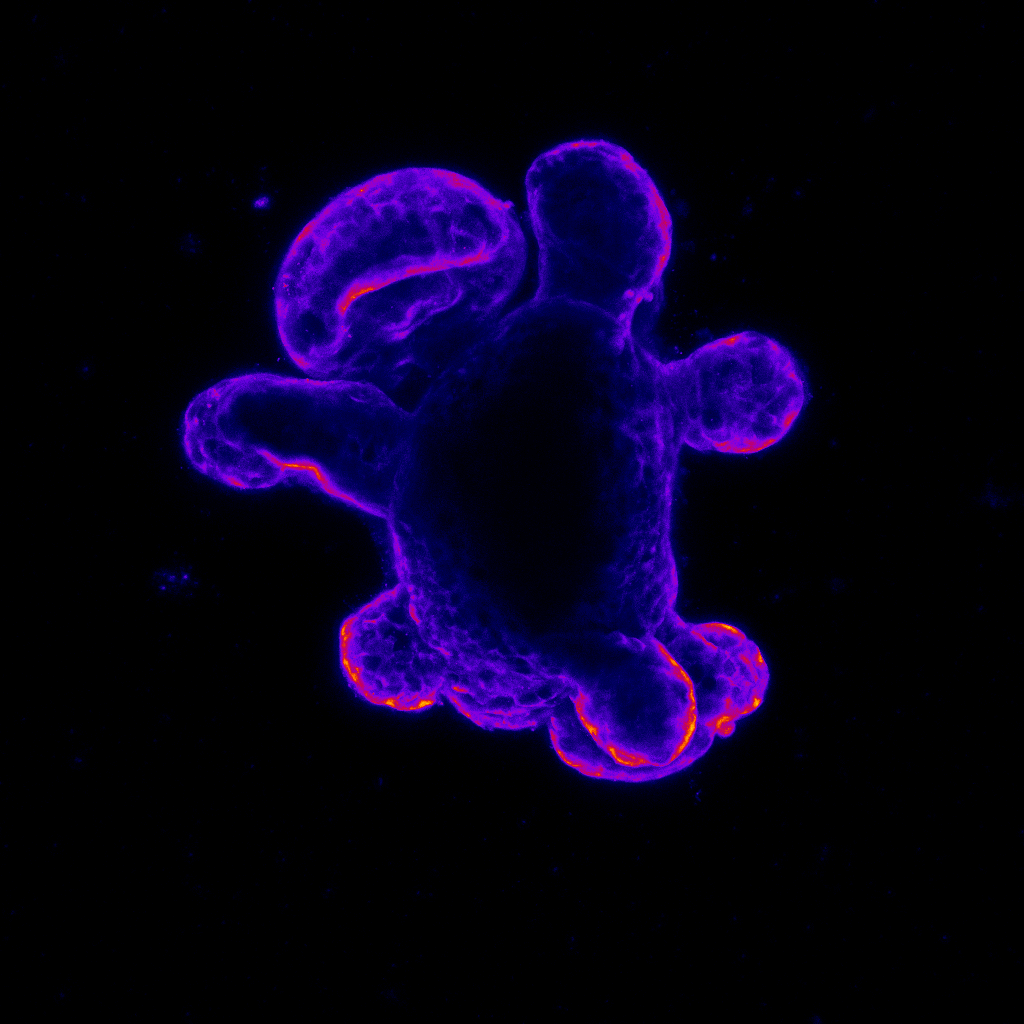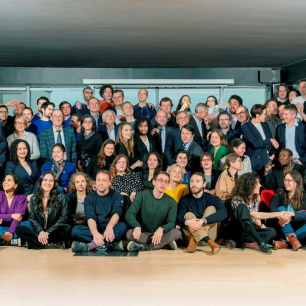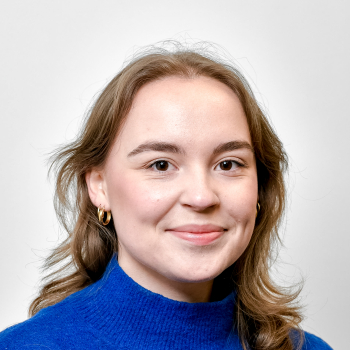Stem cell niche in development and disease
Our team is interested in the intestinal stem cell niche regulation in development, regeneration and pediatric pathologies. We use multi-disciplinary approaches such as organoids, microfabrication, genetically modified mice, and single cell multi-omics to study how stem cells interact with their microenvironment.
Tissue turnover and regeneration are orchestrated by stem cells that both differentiate and self-renew. The balance between self-renewal, proliferation, and commitment depends on the stem cell microenvironment, or “niche”. Importantly, stem cells are not simply passive responders to their niches; instead, they play an integral role in building and communicating with their immediate microenvironment. The intestine constitutes an excellent paradigm to study stem cell biology as it withstands continuous renewal and has a striking ability to regenerate upon acute and chronic injuries. Although multiple studies have described the molecular and cellular composition of the niche to date, it is still unclear if and how the mechanical properties of the microenvironment regulate stem cell emergence and maintenance.
- Understand stem cell-mechanical niche interactions in development
- Study stem cell microenvironment in pediatric diseases
- Unravel the mechano-sensing mechanisms involved in stem cell fate decisions






